Cannabis requires specific environmental conditions to grow properly – sometimes very specific conditions, if you want your plant to thrive and not just survive. Cannabis typically likes to stay between 70-80 °F (21-27 °C), and it likes a humidity level of 40-70%.
Desert regions, high altitude regions, and anywhere else with very low humidity make growing cannabis more challenging, but they won’t make it impossible.
Here’s what you’ll need to do to grow healthy cannabis in a dry climate.
Pros and Cons of Dry Climates
Heat and dryness are very unfriendly toward mold and rot, so if you grow in an arid climate you may not have to deal with those issues.
Unfortunately, the challenges a dry climate presents outweigh the advantages.
In dry air, the soil you plant your cannabis seeds in is bound to dry out quickly.
If the area you live in is hot as well as dry, the top layers of the soil may dry out, heat up, and then scorch your plants’ roots.
This can damage the roots and ultimately kill the plant.
Arid climates can also inhibit your plants’ growth. Plants produce sugars during photosynthesis, but they need to take in carbon dioxide to convert those sugars into energy.
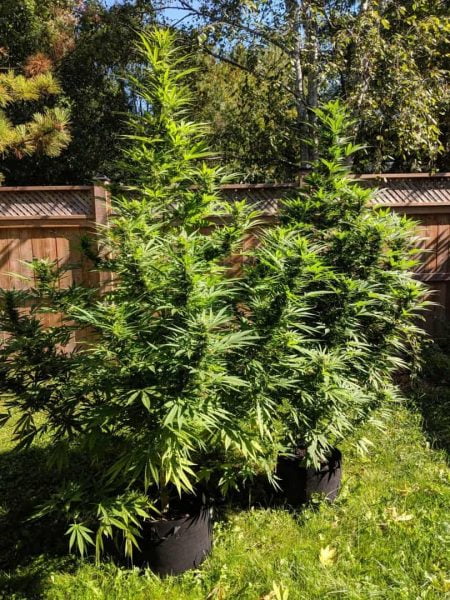
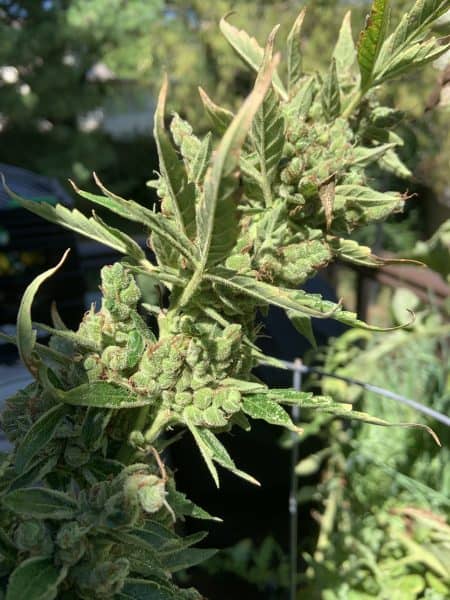
Carbon dioxide is absorbed through a plant’s stomata (tiny pores in the plant’s leaves) in a process called respiration. While carbon dioxide enters the plant through the stomata, moisture leaves.
If the plant is growing in an air with high relative humidity, the plant won’t lose much water.
If the air is dry, moisture loss during respiration will be significant. If your plant doesn’t have enough water reserves, it will try to preserve its health by closing the stomata.
Short term, this helps plants conserve water.
Long term, it slows down plants’ growth and will eventually kill them.
Choosing the Right Strain
The first decision you’ll need to make when growing cannabis – in any kind of climate – is which seeds to plant. If you consider every strain of cannabis together, weed can grow pretty much anywhere.
Cannabis likely originated in Mongolia, but it has since spread everywhere from South America to Siberia.
Of course, some strains are a lot happier in certain environmental conditions than others.
The first key to growing cannabis in an arid climate is picking a strain that can withstand the dry air.
Some of the best options are Jack Herer, Headband OG, Critical, Afghan, Tutankhamun, Durban Poison, and NYC Diesel.
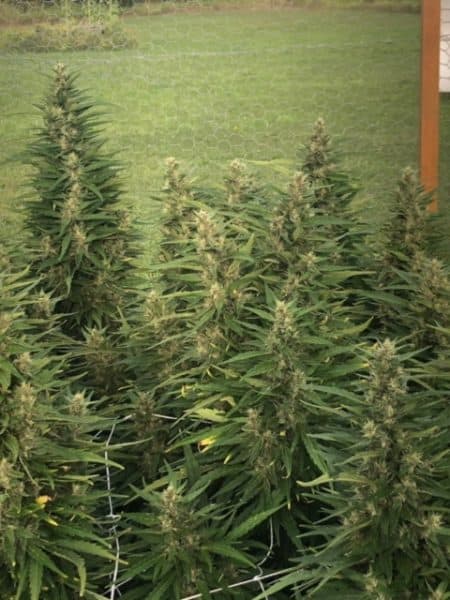
As a rule, you should look for strains that originated (or are known to grow) in areas with a similar climate to your own.
Remember that Cannabis sativa comes from hot, humid regions close to the equator, whereas some Cannabis indica strains can be traced back to the hot, dry mountains of the Middle East.
Sativas may be more suited to extreme heat, but indicas may be a better fit for more temperate dry climates.
Plant Placement
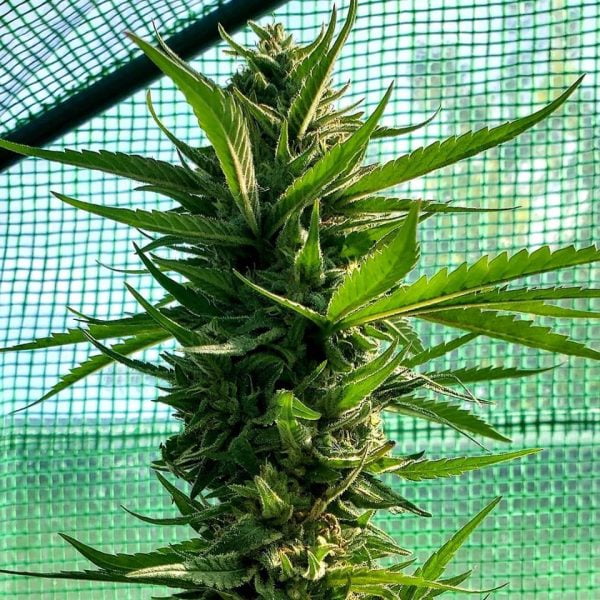
Where you place your plants is an important part of growing healthy cannabis. The best place to plant is probably the Emerald Triangle region in California, but assuming you’re planning on growing cannabis where you already live, you’ll want to put some thought into where on your property you plant your seeds.
In harsh conditions, your cannabis plants may need some additional protection from the elements. Consider planting:
- Somewhere with partial shade. Of course cannabis needs plenty of sun to grow to its full potential, but you also don’t want it getting burned.
Bamboo screens and netting can prevent this while still letting through enough light for healthy plants.
- Consider growing in pots instead of in the ground. This will give you the opportunity to move your plants inside in case of sudden heat waves or cold snaps.
- If you’re growing in pots, avoid using black or dark-colored plastic. These will absorb too much heat from the sun, and could burn your plants’ roots.
Instead, use light-colored pots or fabric planters. Fabric planters are breathable, so your plants’ roots will stay cool.
However, you may need to water a bit more frequently.
Lots of Water
It goes without saying that if you’re growing cannabis in an extra dry climate, you’ll need to provide your plants with extra water.
As long as your plant has plenty of water, the plant will respirate normally and continue to grow at full speed.
Keeping the soil moist will also keep your plant cool in the heat, and if you choose to plant in the ground itself rather than a pot, it will encourage the roots to grow deeper down into the soil where it’s cooler.
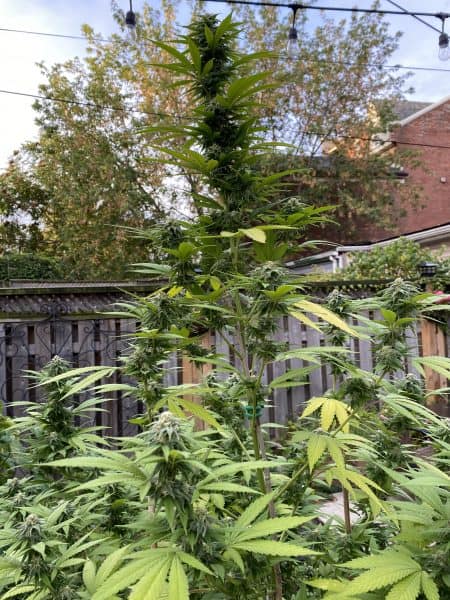
You may also want to add some polymers to your soil or substrate.
The best types to use for growing cannabis are called polyacrylamides, or food-safe polymers. In a nutshell, these are extremely water-absorbent plastics that you can “charge” by soaking them in water and then blend in with your soil.
If the soil gets too dry, your plant will be able to drink water from the polymers to stay alive. Polyacrylamides can absorb up to 400 times their own weight in water, and they are fully biodegradable.
Water your plants regularly, especially on very hot days, and make sure you don’t get the leaves wet – water droplets can act like magnifying glasses, and your plants’ leaves might burn in the sunlight.
Nutrient Burn
If your plants are growing in low humidity, they’ll drink more water through their roots.
If your soil has a lot of nutrients in it, your plants may absorb the nutrients too quickly and end up with nutrient burn.
Watch out for yellow, burnt tips on your plants’ leaves, and correct accordingly if you spot them.
Consider Growing Inside
I am text block. Click edit button to change this text. Lorem ipsum dolor sit amet, consectetur adipiscing elit. Ut elit tellus, luctus nec ullamcorper mattis, pulvinar dapibus leo.
Cannabis likes to stay between 45-55% humidity, and that simply won’t be possible in some regions of the world.
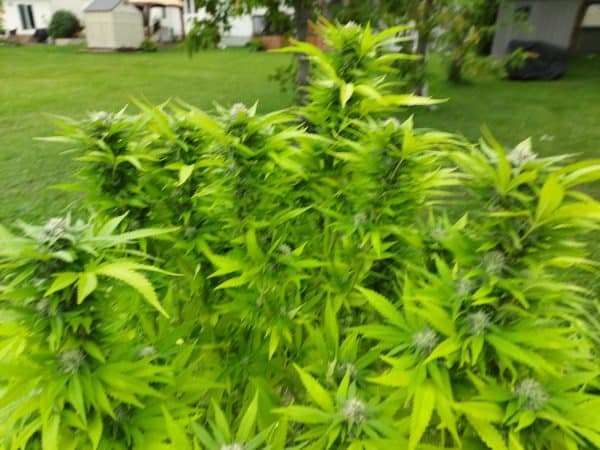
If you live in one of those regions, you’ll need to grow in your house or construct a greenhouse.
You’ll need to invest in grow lights, some sort of grow enclosure or tent, and ventilation… But you’ll have the opportunity to directly control temperature and humidity.
Note that in an enclosed space, a plant’s transpiration will raise the humidity of the air as moisture escapes from the plant.
If your enclosure is properly sealed, you may not need to correct the humidity levels to the extent you’d imagine.
Harvest and Drying Humidity
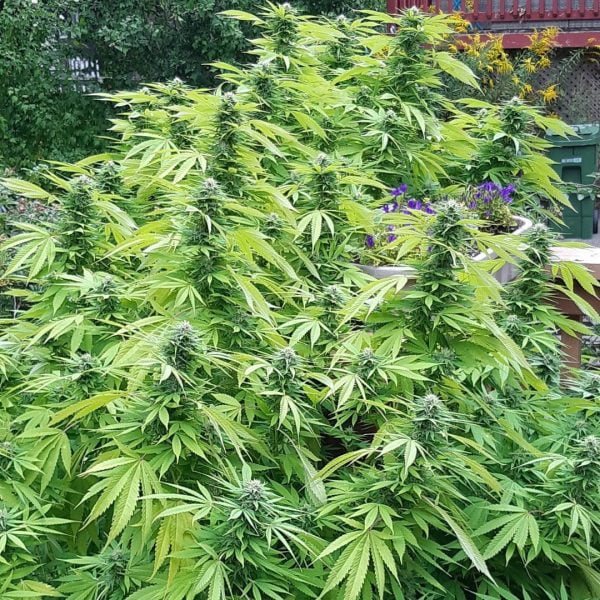
You might think that low humidity levels would make the drying and curing process easy once it’s harvest time, but that’s not quite true.
If your buds dry too quickly, they could dry from the inside out and seal in moisture and chlorophyll.
Ideally, you’ll keep your drying room at around 55% relative humidity so that your buds can dry at a moderate pace.
This will allow chlorophyll to decay and will preserve terpenes, but it’s still dry enough to prevent mold. So, it’s probably worth investing in a humidifier even if you’re able to grow outdoors.
Growing cannabis in a dry climate has some additional challenges, but it’s definitely possible.
Choose a suitable strain, be mindful of heat, and stay on top of keeping your plants well-hydrated.
Use polymers for an extra layer of security, and consider growing inside if your living situation (and funding) permits. Happy growing!
If you want to learn even more about growing good cannabis, we offer a free 40+ page guide full of images.
Now available on Amazon.
Sign up for our newsletter and download the digital copy today!
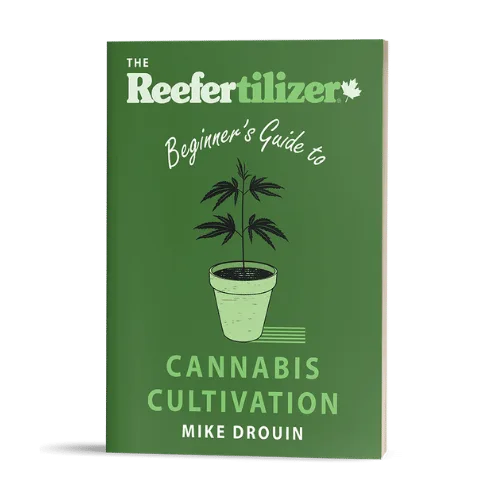
This guide will answer many questions about growing cannabis, like the following...
Selecting Seeds
Identify and Correct Problems
Maximize Yield
Much More...
Get a Chance to INSTANTLY WIN a Reefertilizer Nutrient Kit When You Sign Up.
Elijah Petty is a writer in the cannabis industry. He aims to use his platform to help educate people about cannabis and dispel some of the myths and misinformation that surround the plant.
